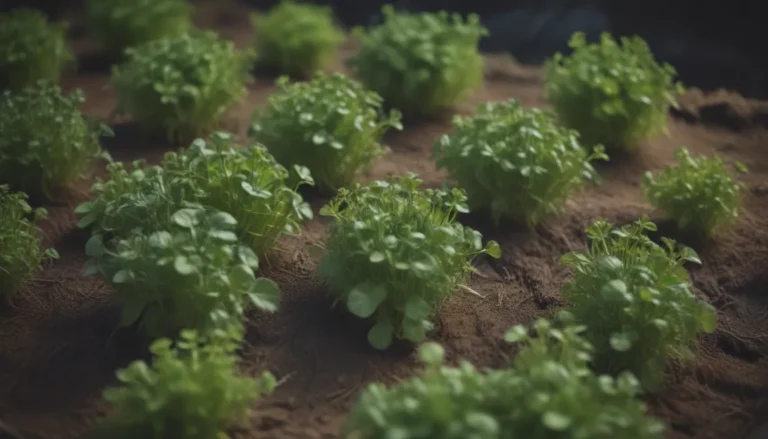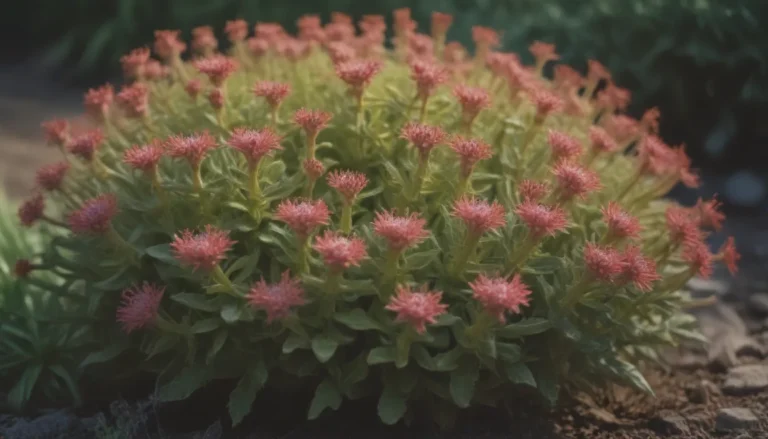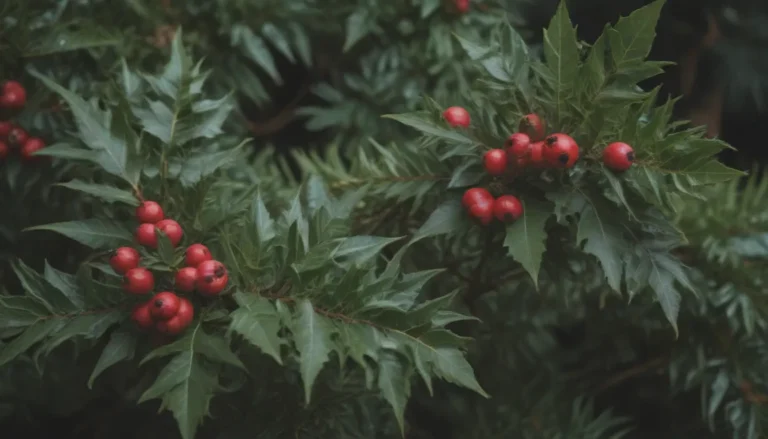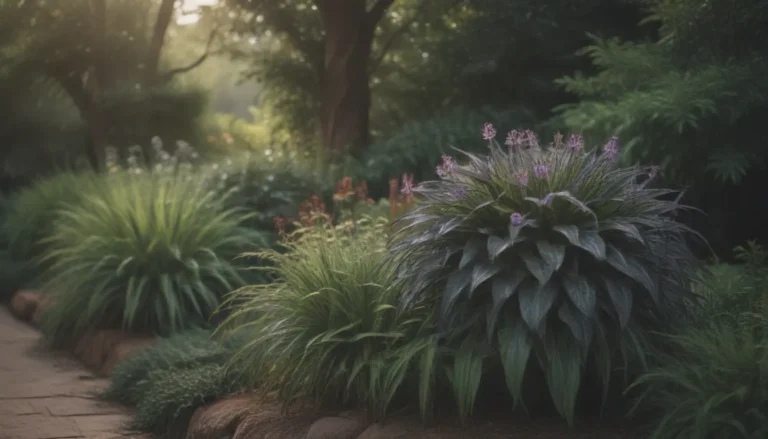Spring Bulbs: The Unsung Heroes of the Garden

Spring bulbs are the unsung heroes of our gardens, bringing a burst of color and joy after a long winter. However, once the flowers fade, we are left with the rather lackluster leaves of these bulbs. It can be tempting to want to tidy up and cut back the foliage, but it’s essential to resist that urge if we want our bulbs to bloom again next year. In this article, we will explore when to cut back the leaves of spring bulbs and how to care for them to ensure a beautiful display year after year.
The Importance of Bulb Leaves
Before we delve into when to cut back the leaves of spring bulbs, let’s understand why these leaves are essential for the health and vitality of the bulbs. After the flowers have bloomed, the leaves continue to photosynthesize and produce food for the bulbs. This process is crucial as it allows the bulbs to store enough energy to not only survive the rest of the year but also to set new buds for the following year’s blooms.
Photosynthesis: The Lifeblood of Plants
Photosynthesis is the process by which green plants produce food using sunlight, carbon dioxide, and water. In the case of flowering bulbs, photosynthesis takes place in the chloroplasts of leaf cells. These chloroplasts contain chlorophyll, which absorbs sunlight and converts carbon dioxide and water into sugars essential for growth. By allowing the leaves to photosynthesize, we are providing the bulbs with the energy they need to thrive and bloom again.
When to Safely Cut Back Flowering Bulb Leaves
The general rule of thumb is to wait at least eight weeks after the bulbs have finished blooming before cutting back the leaves. For bulbs that emerged and bloomed in April, this means waiting until June before tidying up the foliage. However, it’s crucial to leave the leaves intact until this time to allow the bulbs to continue photosynthesizing and storing energy.
Once the flower stalks have finished blooming, you can safely trim them back. Removing the spent flower stalks helps redirect energy back into the bulb rather than expending it on producing seeds. If you have a large number of bulbs in your garden, don’t fret about cutting them all back – they will still bloom next year even if some leaves remain.
Tips for Managing Fading Bulb Leaves
As the bulb leaves begin to fade, it can be challenging to keep your garden looking neat and tidy. Here are some tips for managing fading bulb leaves in your garden:
- Interplant with Perennials: Mixing bulbs with perennial plants can help to conceal the fading foliage as the perennials begin to grow and fill in the space.
- Plant Annuals: Interspersing early-blooming annuals like pansies and snapdragons can distract from the fading bulb leaves and add a pop of color to your garden.
- Strategic Placement: If you have large swathes of bulbs, consider planting them in areas that will be less visible as other plants in your garden begin to grow.
Best Practices for Bulb Care
In addition to knowing when to cut back bulb leaves, it’s essential to provide proper care for your bulbs to ensure they thrive year after year. Here are some best practices for caring for your spring bulbs:
- Avoid Tying Leaves: Resist the urge to tie, bend, or tuck the bulb leaves. They need sunlight to photosynthesize, so allow them to remain untamed in your garden.
- Feeding Bulbs: Ideally, bulbs should be fed when they first emerge from the ground. If you haven’t fertilized them yet, consider using a specialized bulb fertilizer high in phosphorous or bonemeal to support their growth.
By following these tips and best practices, you can ensure that your spring bulbs continue to delight you with their colorful blooms year after year. Remember, the seemingly mundane leaves of these bulbs play a crucial role in their ability to thrive and produce beautiful flowers. So, embrace the foliage and let your bulbs bask in the sunshine as they prepare for their next spectacular display in your garden.





